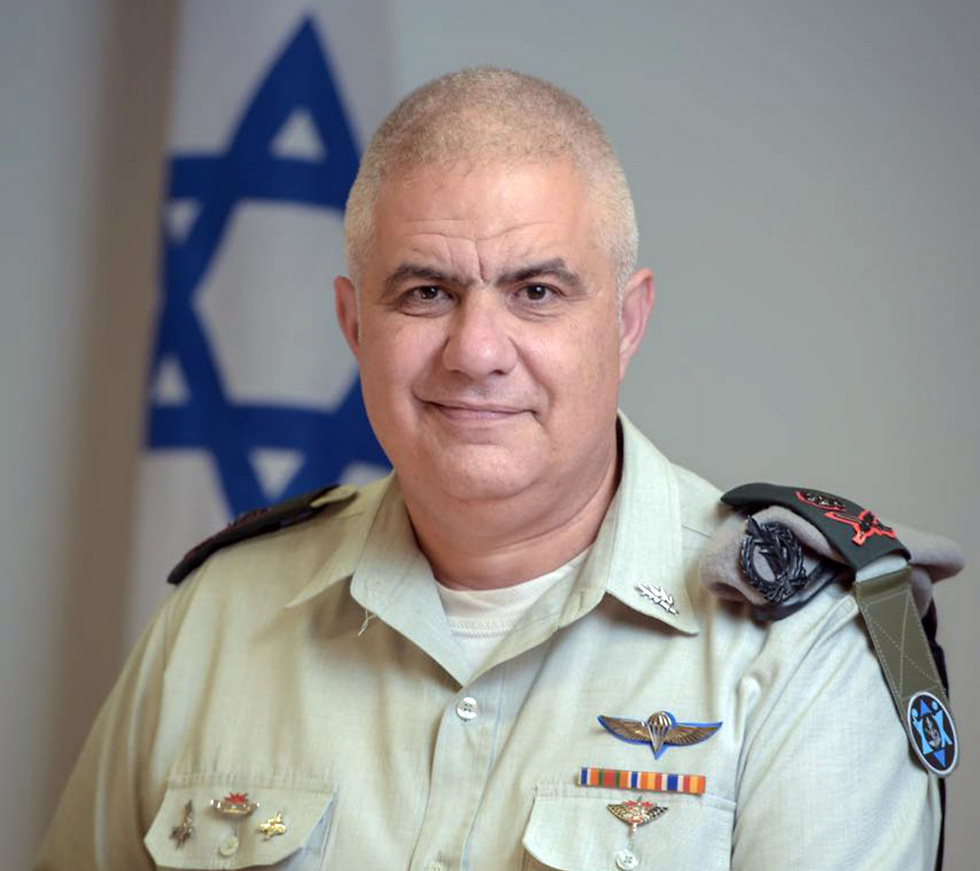
IDF faces motivation, manpower slump
Fresh statistics indicate short term manpower deficit, but signal surplus starting 2023; young recruits seek meaningful military service with low risk, prefer technology units; motivation to serve in combat units down.
General enlistment in the IDF is on the decline, motivation to serve in combat units has dropped among young men, and the military faces a host of challeneges, according to data recently released by the IDF Manpower Directorate (Aka).
The fresh data also points to some more positive news: beginning in 2020, there will be an increase in the number of enlistees and military service will be shortened. The figures point, however, to the fact that the concept of 'an army of the people' is fading away to make way for a professional army.
Beginning in 2023 the IDF will no longer have a manpower deficit and enlistment will grow by around 17,000 recruits annually, due to demographic changes. Until then the army will experience a manpower shortage as this year the first group of recruits who will benefit from an additional 2-month reduction in military service will be discharged from the army.
The data also shows a dramatic dip in motivation to serve in combat units. This drop began in 2011, a year in which the desire to serve in combat roles reached 79%. During this year's august draft the rate stood at just 67%.
The trend stems from the desire of young recruits to serve close to home, face minimal risk and a preference for tech-oriented units. There is also a trend of soldiers ditching classic infantry units lsuch as Golani and the Paratroopers for the co-ed Caracal battalion and the Home Front Command.
Other combat units, Engineering, Artillery, Armored Corps and Field Intelligence, are having difficulty filling their ranks.
The statistics also point to a drop in the number of young men who opt to not serve at all in the military. Twenty-eight per cent of males and 48% of young women did not enlist in the last August draft.
"The desire to enlist is on the decline, partly due to the relative quiet—despite the fact that war can break out at any moment," said a senior Aka officer. "Many recruits ask themselves, 'what will I gain from this?' The youth want to take something useful for life out of their service."
In the wake of a wave of terror attacks, the Israel Border Police has not suffered a similar drop in recruitment, a fact which can perhaps be attributed to the action seen by the unit. "It is viewed as quite a good unit, better than the tanks in fact, and it has a great infrastructure bases and a good amount of home leave," said the officer.
He also stressed that the army has no intention of opening up new co-ed units, nor are 2,700 female recruits expected as occurred last year.
The recently established "Committee for the Army of the People" is expected to convene soon to discuss ways for the army to make efficient use of its coming manpower surplus. Some of the options being examined include increasing enrollment in the pre-military academies, further truncating the length of service, establishing new units in accordance with changing needs and instituting differential service where those serving in capacities deemed less important will serve less time and also receive fewer benefits.
The committee is headed by the commander of the military's Manpower Directorate, General Moti Almoz, and includes senior officers as well as planning and human resources experts. Starting in 2024 there is expected to be 10,000 more recruits per draft than there are currently. Most of them will likely serve in positions far from the front requiring suitable infrastructure to be erected.












